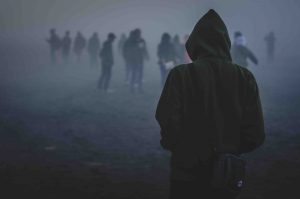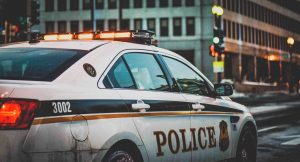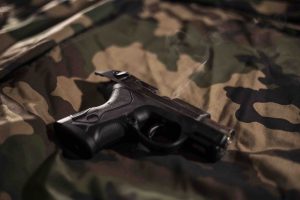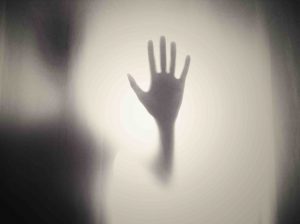 If you have been arrested after being charged with a sex crime, your life may never be the same. In society, the opinion of sex crimes, particularly those committed against children, is very strong and very negative. Law enforcement has a similar attitude when in pursuit of or apprehending someone accused of a sex crime. The majority of sex crime convictions result in the mandatory registration as a sex offender. Needless to say, the impact of that is serious and permanent.
If you have been arrested after being charged with a sex crime, your life may never be the same. In society, the opinion of sex crimes, particularly those committed against children, is very strong and very negative. Law enforcement has a similar attitude when in pursuit of or apprehending someone accused of a sex crime. The majority of sex crime convictions result in the mandatory registration as a sex offender. Needless to say, the impact of that is serious and permanent.
An aggressive defense is needed if you hope to protect any semblance of your freedom, future, or reputation after being charged with a sex crime. A sex crime defense lawyer in Chicago will be able to help you construct a sound defense, which may include:
- Demonstrating you were wrongfully accused: Is the accused making false allegations? Did they lie to protect their own reputation? Are you and the accused involved in a child custody case or going through a divorce?
 Chicago Criminal Lawyer Blog
Chicago Criminal Lawyer Blog










